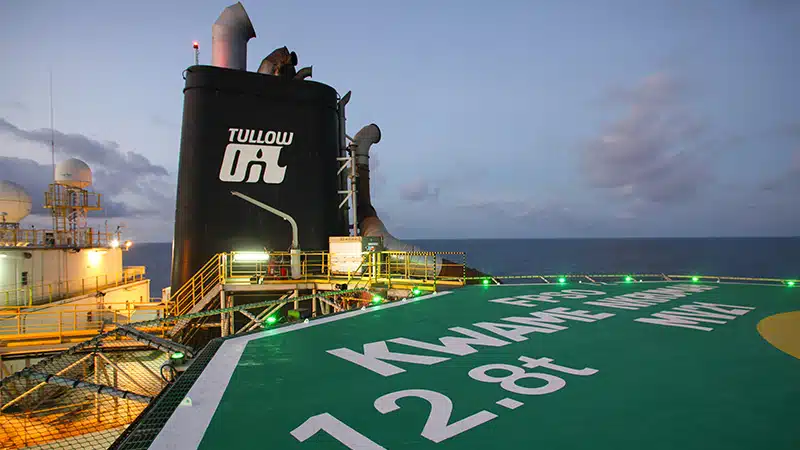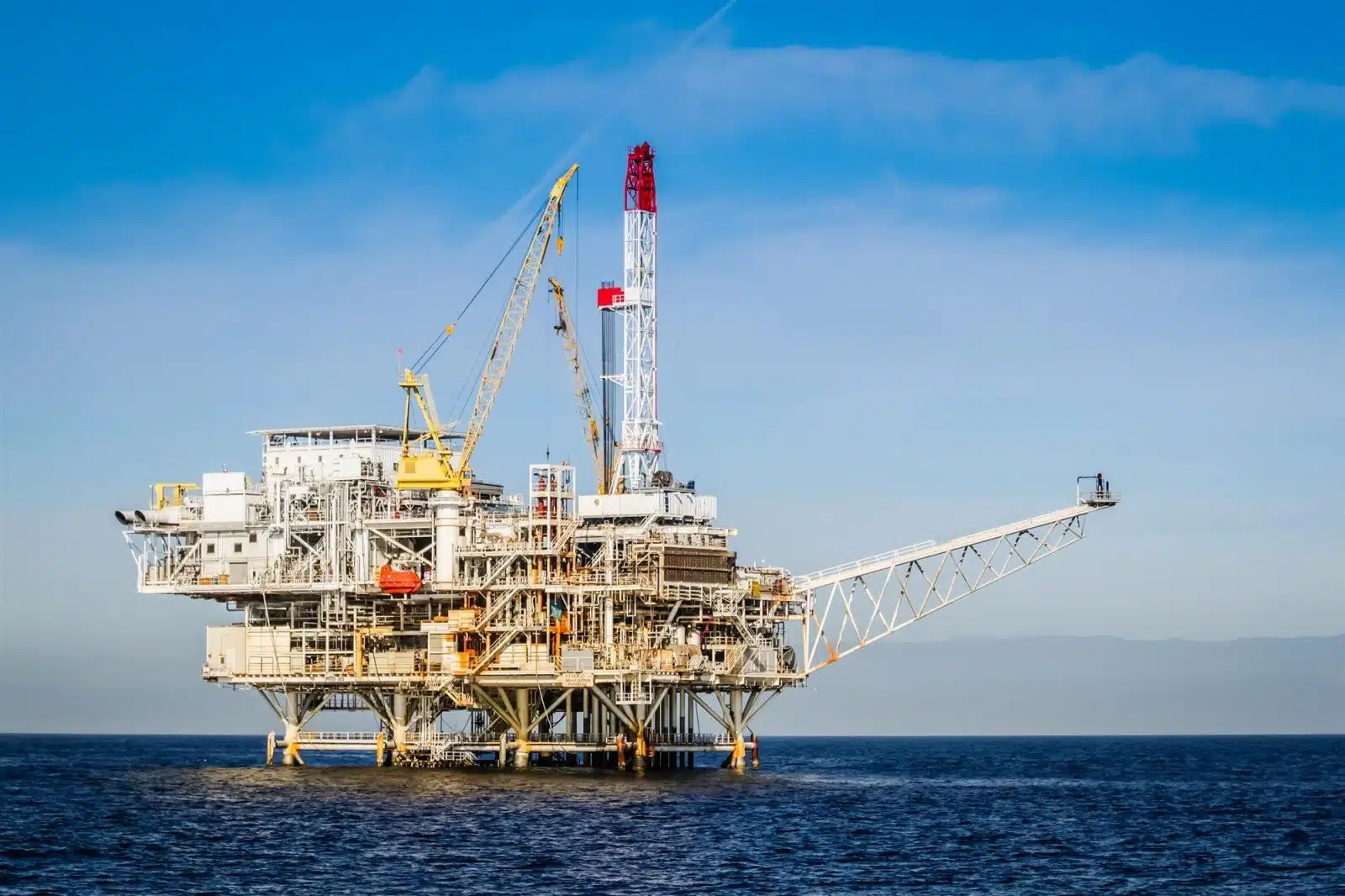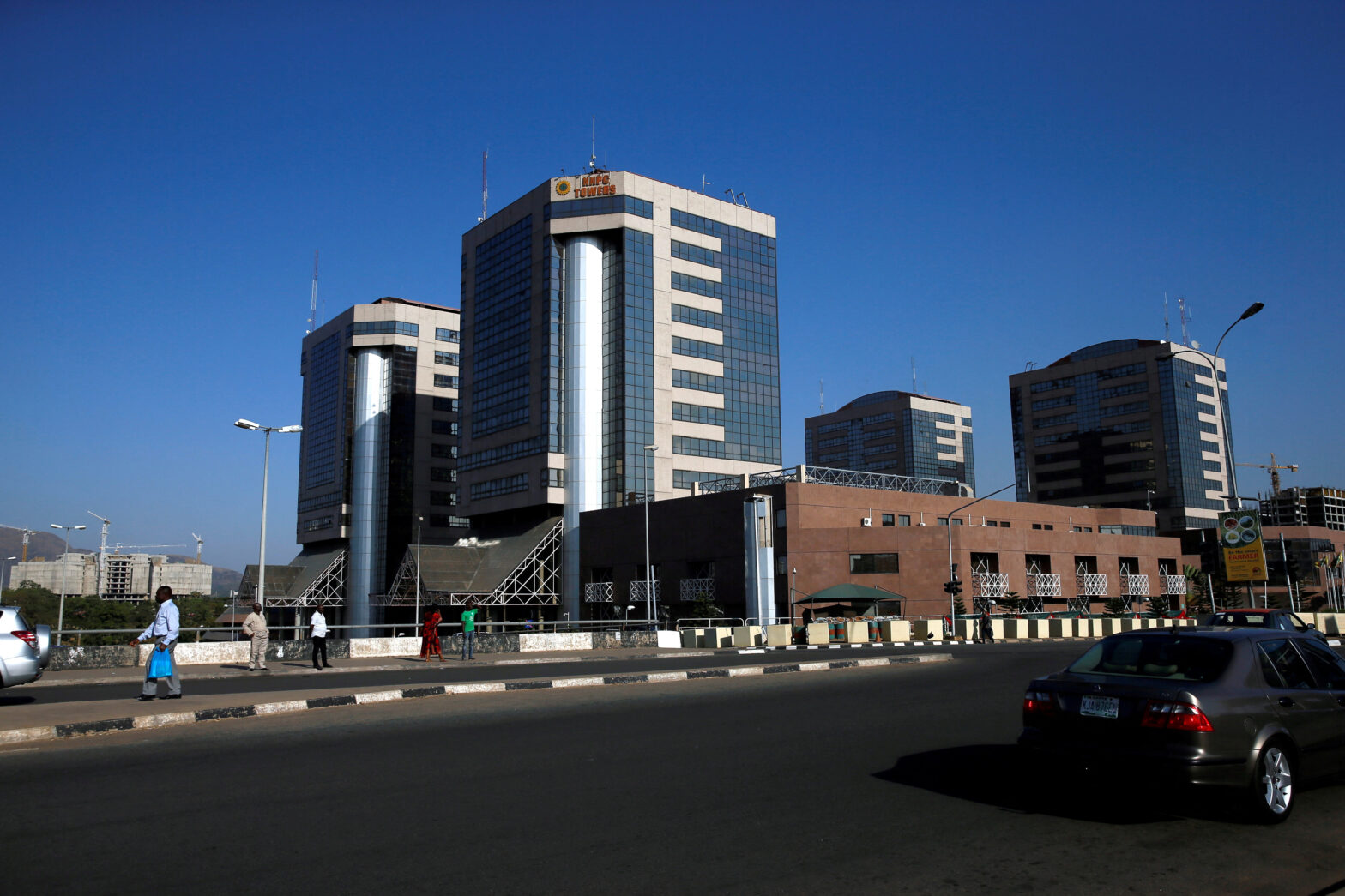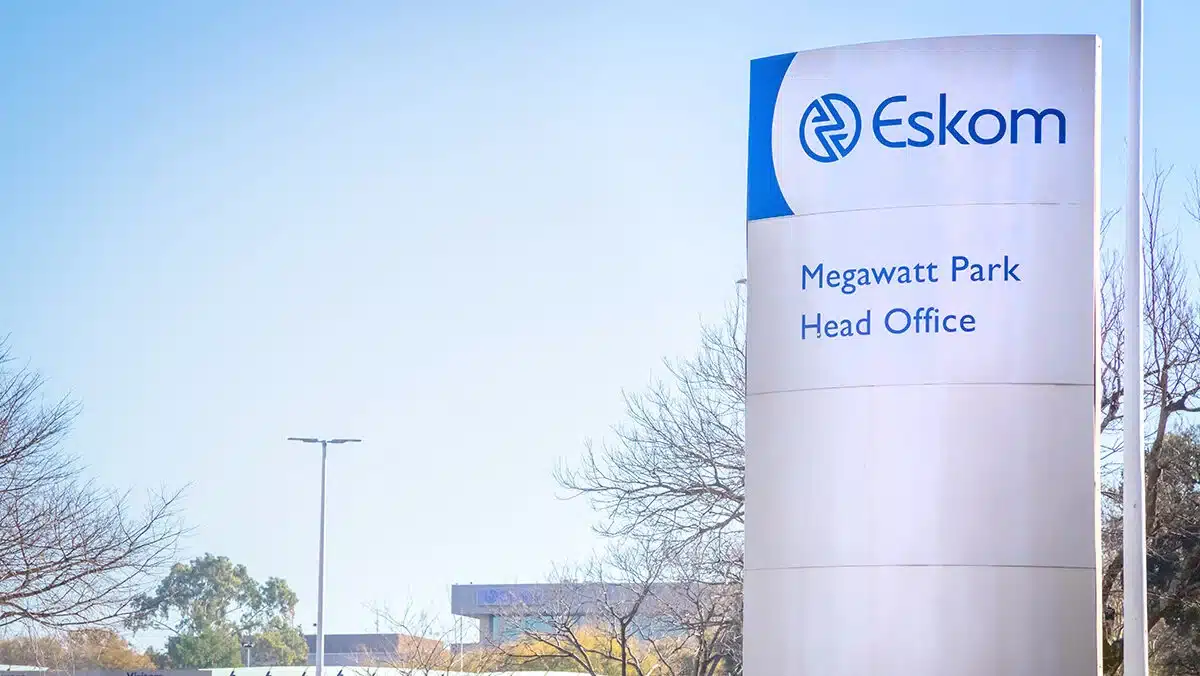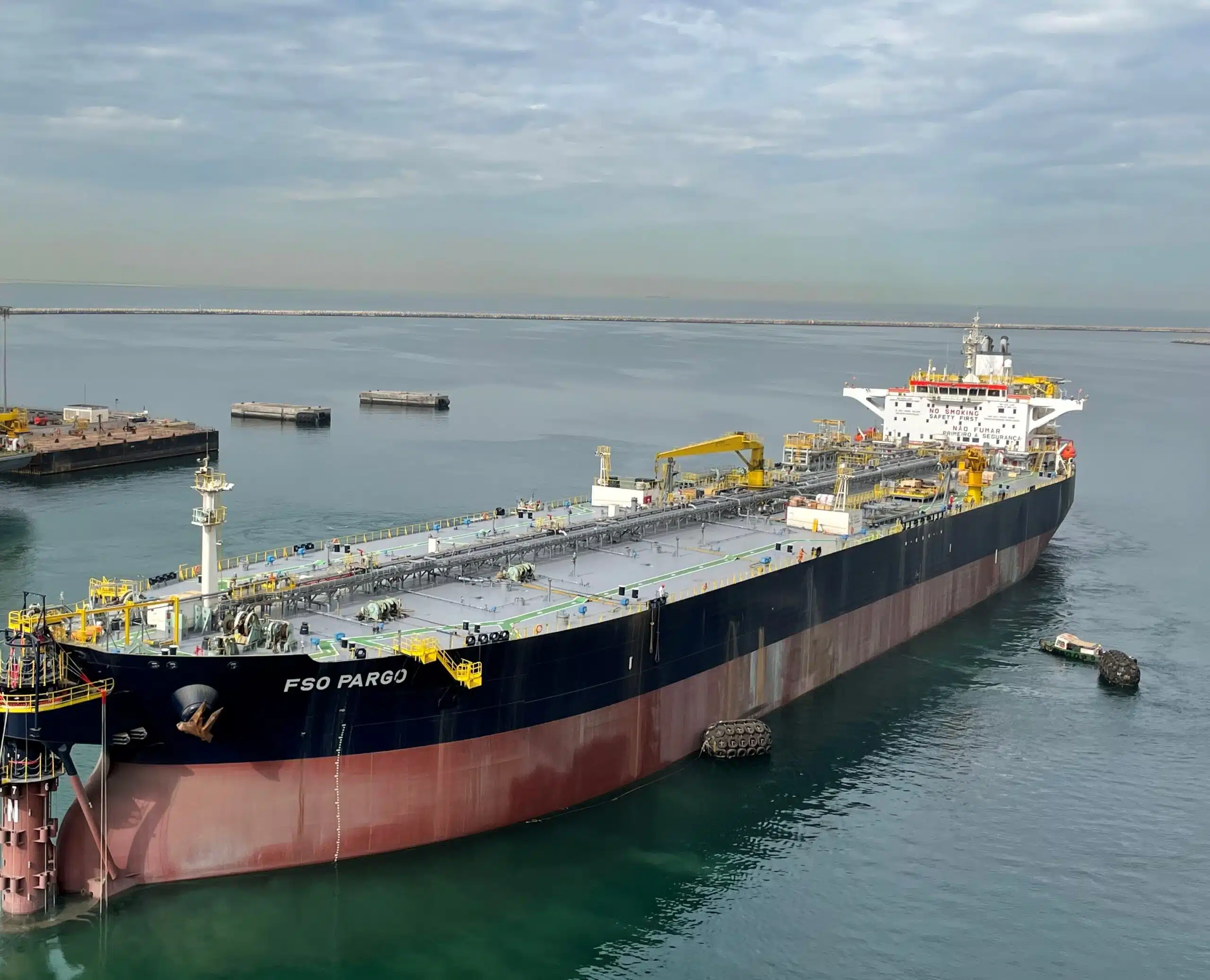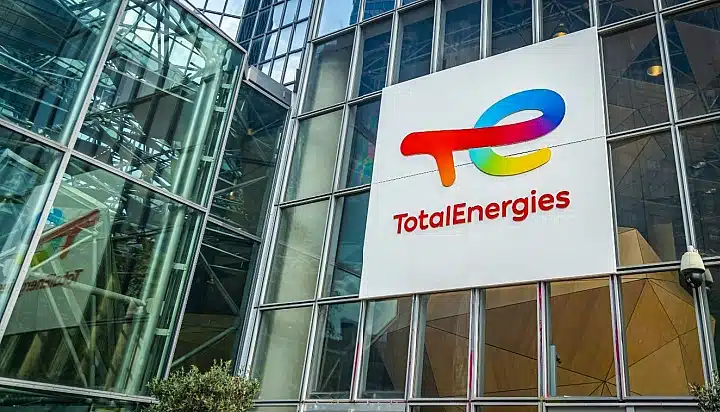When Nigeria’s national oil firm, NNPC, announced in May the shutdown of Port Harcourt Refining Company (PHRC) for planned maintenance and a sustainability assessment, the move once again stirred public frustration and scrutiny.
Largely symbolic after years of repair cycles, the closure arrived only six months after the facility resumed production following a $1.5 billion overhaul.
That rehabilitation had been launched in March 2021, culminating in a mechanical completion ceremony in December 2023, with production restarting in November 2024.
Despite that timeline, PHRC quickly reverted to under-utilisation, operating well below meaningful capacity before the May shutdown.
The move spotlighted persistent underlying challenges, structural fragility, repeated delays, and a history of underperformance.
The PHRC’s design combines two plants: a 60,000 bpd “old plant” and a 150,000 bpd newer unit, summing to 210,000 bpd capacity.
Yet decades of under-investment and neglect have left the complex ill-prepared for effective scaling.
The November 2024 restart suggests that it had more to do with minimising political embarrassment than delivering real operational gains.
Six months later, reality set in: the facility’s inability to transition from ceremonial launch to continuous uptime forced NNPC into yet another repair cycle—raising questions about the efficacy of prior capital injections.
Institutional inertia and fragile project governance
Nigeria’s triennial attempt to revive PHRC mirrors the struggles of its sibling plants—Warri in Delta State, rehabilitated with nearly $897 million, and Kaduna still languishing in deferred maintenance limbo.
Public data records show that around $2.9 billion has been approved by the Federal Executive Council since 2021 toward turning around the three state-owned refineries.
Despite the sheer scale of investment, output has remained limited and timelines repeatedly missed.
Accountability mechanisms appear weak.
In May 2025, the Economic and Financial Crimes Commission (EFCC) launched investigations into alleged misappropriation of rehabilitation funds.
The agency’s ongoing probe suggests high-level officials and contractors may have diverted significant sums without delivering commensurate infrastructure upgrades. Civil society groups, notably SERAP, have demanded that NNPC account for missing public funds, estimated at over N825 billion and $2.5 billion.
Legal authorities, including human rights lawyer Femi Falana SAN, have asserted that NNPC lacks the constitutional power to unilaterally dispose of the refineries.
Any sale, he argued, would frustrate ongoing investigations and potentially sidestep critical oversight of public assets.
Project governance has been further complicated by leadership turnover.
In April 2025, President Bola Tinubu dissolved NNPC’s board and installed Bayo Ojulari as Group CEO, along with a reshuffled board representing Nigeria’s geopolitical zones.
While the changes were intended to usher in a new era of professionalism, the new leadership inherited opaque contractual arrangements, lingering liabilities, and under-delivering contractors.
NNPC’s shifting tone and uncertain roadmap
In light of these institutional constraints, NNPC’s current leadership is signalling a cautious recalibration of its strategy.
At the OPEC Seminar in Vienna in early July 2025, Bayo Ojulari hinted that “all options are on the table” for the refineries, including potential divestment.
However, just days later at a public engagement in Abuja, he ruled out the sale of Port Harcourt refinery, citing the risk of further value erosion.
He instead proposed a shift toward technical partnerships that could strengthen future repair efforts.
“The decision to restart before full completion was ill-informed and sub-commercial,” he said, in what many interpreted as a veiled critique of previous management.
Yet, as of late July, no such technical partners have been officially announced, and no timeline has been shared.
This shift in tone contrasts sharply with the narrative of success that surrounded the 2024 recommissioning.
What had been framed as a symbol of energy sovereignty has now reverted into another phase of planning uncertainty.
For many Nigerians, the question is no longer about funding another repair, but whether the NNPC has the will or capacity to break free from its own history of failure.
Between reform, private capital, or more of the same?
As Nigeria contemplates its next move, three possible trajectories seem evident.
The first is genuine reform.
This path would involve binding performance contracts with international refinery operators, third-party oversight of project execution, and full transparency across funding flows.
If executed with discipline, this could lead to sustained output and a gradual reduction of Nigeria’s reliance on imported fuel.
The second is a transition toward divestment or long-term concession arrangements.
However, this option remains politically and legally complex. Critics argue that the refineries are held in trust by all tiers of government and cannot be sold without a constitutional amendment.
Even if legal barriers are resolved, the proceeds from any sale may fall short of clearing accumulated debt or liabilities.
Nonetheless, with Dangote Refinery—operating at over 400,000 bpd—rapidly absorbing market share, private capital is fast becoming the real engine of Nigeria’s downstream sector.
The final and most likely path, if no bold moves are made, is a continuation of the status quo.
That means more capital injections, more ceremonial reopenings, and another round of shutdowns. Given that over $25 billion has been spent on public refinery repairs since 2013, many Nigerians are skeptical that the next phase will be different.
NNPC’s decision to eye yet another repair at Port Harcourt—despite $2.9 billion already expended—is now a litmus test for whether lessons have been learned or whether a familiar cycle is once again taking shape.
“It’s a pattern, not a plan”
Bola Ogunlana, an energy analyst with over a decade of experience in Nigeria’s downstream sector, sees the latest planned repair of the Port Harcourt refinery as yet another symptom of deeper governance failure.
“This is not just a technical problem,” she told Energy in Africa.
“It’s a policy problem—and it’s cyclical. Every time we spend over a billion dollars on these refineries, we hold commissioning ceremonies, not performance reviews.
“Then six months later, the plants either shut down or require more money. What we’re witnessing is a pattern, not a plan.”
She argued that no successful refinery system anywhere in the world runs on such opacity.
“Nigeria’s refineries have been reduced to ceremonial infrastructure. If the same project management and auditing standards used by private refiners like Dangote were applied here, heads would roll,” she said.
“The tragedy is not just the waste—it’s that public institutions are losing credibility with each ‘rehabilitation’ cycle.”
“The money involved here is not abstract—it’s money that could go into education, healthcare, and real infrastructure. Nigerians deserve to know why these billions never yield fuel at the pump.”




